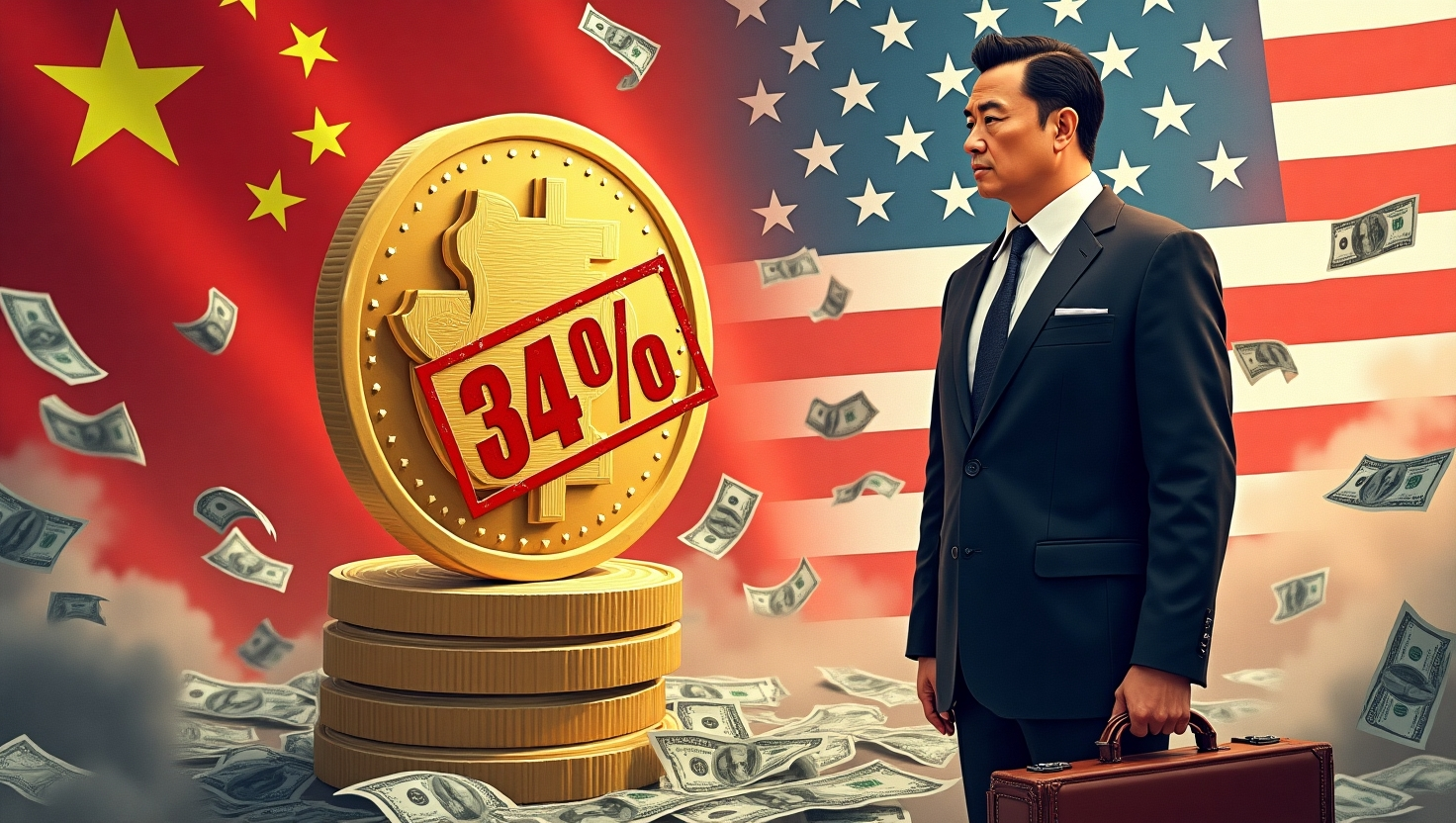📰 Overview
China has officially announced a 34% tariff on all American imports starting April 10, as a response to the latest tariffs introduced by the U.S. under President Donald Trump. This sudden move has rattled global markets, with analysts warning of a return to a tense, tariff-heavy trade war between the world’s two largest economies.
🔑 Key Highlights
- China imposes 34% import duty on all U.S. goods, starting April 10.
- Total U.S. tariffs on Chinese goods now reach 54%.
- 11 U.S. companies blacklisted by China; 16 more restricted under export controls.
- China also restricts export of rare earth metals like samarium, gadolinium, and terbium.
- Stock markets fall sharply in both U.S. and Europe.
- Analysts expect China to seek new trade partners and introduce economic stimulus to stabilize growth.
🌏 What China Said
China’s Finance Ministry urged the U.S. to withdraw its “unilateral tariff measures” and resolve issues through respectful negotiations. According to Chinese state media, Washington’s actions violate international trade norms and hurt not only China’s economy, but also global supply chains and economic stability.
⚠️ U.S. Firms Face New Restrictions
In addition to tariffs, China took further steps to retaliate:
- 11 American firms were added to the “unreliable entities” list, accusing them of breaking contracts or violating market rules.
- 16 more U.S. entities were added to China’s export control list.
- China imposed export controls on rare earth elements, which are essential in electronics, defense, and clean energy industries.
📉 Market Reaction: Global Shockwaves
The announcement led to an immediate downturn in global markets:
- Dow Jones futures dropped by 900 points (-2.2%)
- S&P 500 and Nasdaq 100 futures fell by 2.3% and 2.6%
- Europe’s Stoxx 600 index fell 4.5%, with banks losing 9.5%
Investors are now worried about a replay of the 2018-2019 trade war and its potential impact on inflation, supply chains, and global economic growth.
📊 What’s Next for China?
China is already dealing with a property market crisis and low consumer spending post-COVID. With the added pressure from U.S. tariffs, analysts believe China will:
- Increase trade with non-U.S. partners
- Possibly offer new stimulus packages to boost internal demand
- Diversify its economy to reduce reliance on American markets and technology
✍️ Final Thoughts
This latest round of tariffs signals a reignited trade battle that could reshape the global economic landscape in 2025. Both nations are playing hardball, and unless there is diplomatic intervention, businesses, consumers, and markets across the world could face serious consequences.
Want regular updates on global trade and economics? Subscribe to our newsletter!




